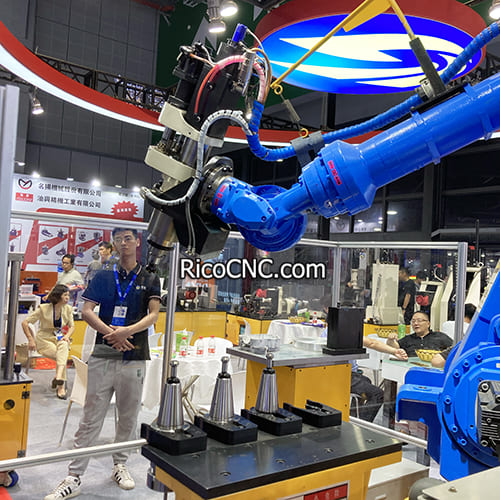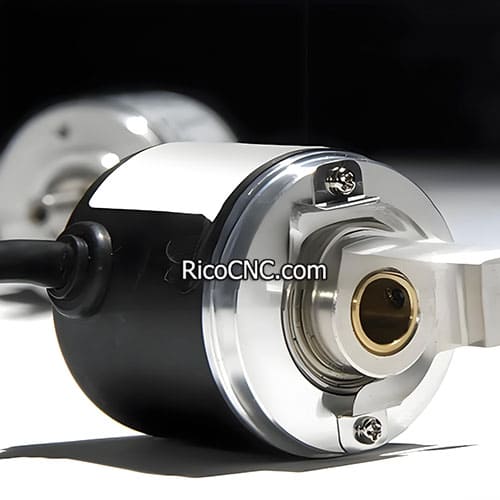
How Do Incremental Encoders Work?
Incremental encoders are essential components in many industrial applications, particularly in the world of CNC spindle motors. These clever devices play a crucial role in measuring position, speed, and direction of motion. But how do incremental encoders work? Let's dive into the fascinating world of these precision sensors and unravel their inner workings.
Understanding the Basics of Incremental Encoders
At its core, an incremental encoder is a sensor that converts motion into a series of digital pulses. These pulses can then be used to determine position, speed, and direction. Unlike their cousins, absolute encoders, incremental encoders measure relative changes in position rather than providing an absolute position value.

Basic components of an incremental encoder
The main components of an incremental encoder include:
A rotating disc with evenly spaced markings
A light source (usually an LED)
A light sensor or photodetector
Signal processing electronics
As the shaft of the encoder rotates, the disc interrupts the light beam, creating a series of pulses. These pulses are then converted into electrical signals that can be interpreted by a control system.
The Working Principle of Incremental Encoders
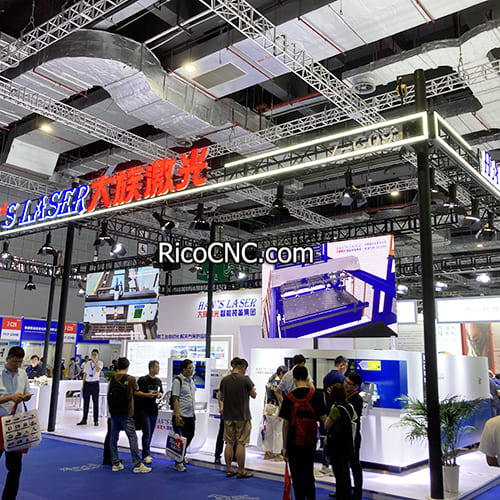
Now that we've covered the basics, let's break down how incremental encoders work step by step:
Disc Rotation: As the encoder's shaft turns, it rotates a disc with evenly spaced transparent and opaque segments.
Light Interruption: A light source shines through the disc onto a photodetector.
Pulse Generation: As the opaque segments pass between the light source and detector, they interrupt the light beam, generating pulses.
Signal Output: These pulses are converted into electrical signals, typically square waves.
Interpretation: A control system counts these pulses to determine the relative position, speed, and direction of rotation.
This simple yet effective principle allows incremental encoders to provide precise motion feedback in a wide range of applications.
Types of Incremental Encoders
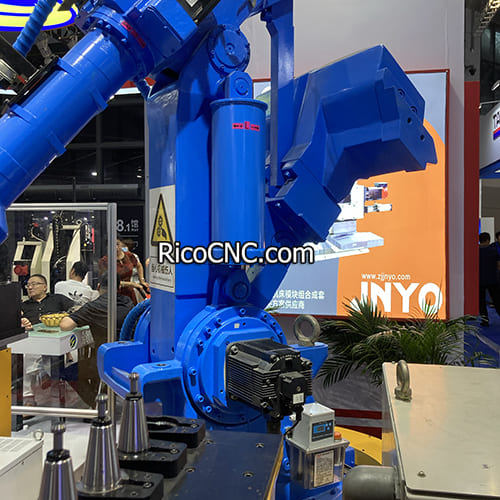
Incremental encoders come in various types, each suited for different applications. Let's explore some of the most common varieties:
Optical Encoders: These use light interruption, as described above. They're known for high precision and reliability.
Magnetic Encoders: Instead of light, these use magnetic fields. They're robust and resistant to contamination.
Capacitive Encoders: These operate based on changes in capacitance. They're often used in harsh environments.
Mechanical Encoders: These use physical contacts to generate pulses. While simple, they're less precise and have shorter lifespans.
Each type has its strengths and weaknesses, making them suitable for different industrial applications. For instance, optical encoders are often preferred in CNC spindle motors due to their high precision and reliability.
Resolution and Accuracy: The Precision of Incremental Encoders
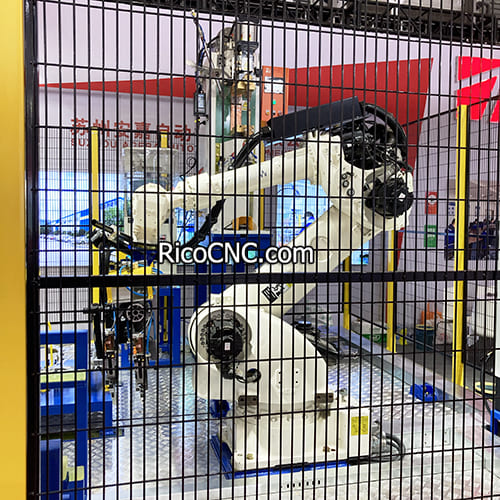
The resolution of an incremental encoder is determined by the number of pulses it generates per revolution (PPR) for rotary encoders, or per unit of linear movement for linear encoders. Higher PPR values indicate finer resolution and more precise measurements.
For example, a high-resolution rotary encoder might have 1000 PPR, meaning it generates 1000 pulses for one complete revolution of the shaft. This allows for very precise position and speed measurements.
It's important to note that resolution isn't the same as accuracy. Accuracy refers to how close the measured value is to the true value, and it can be affected by factors like mechanical tolerances and signal processing.
Applications: Where Incremental Encoders Shine
Incremental encoders find use in a wide range of applications across various industries. Some common uses include:
CNC Machines: Providing feedback for precise tool positioning
Robotics: Controlling joint movements and end-effector positions
Conveyor Systems: Monitoring belt speed and position
Automotive: In electric power steering and ABS systems
Elevators: Tracking car position and speed
Wind Turbines: Monitoring blade pitch and rotor speed
In the context of CNC spindle motors, incremental encoders play a crucial role in maintaining accurate speed control and positioning. They enable the precise movements necessary for high-quality machining operations.
Advantages and Limitations: The Pros and Cons
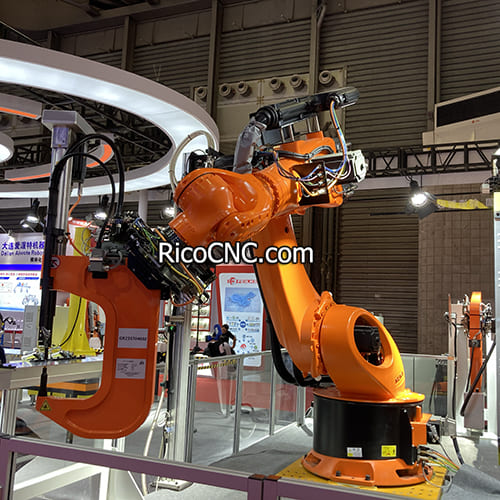
Like any technology, incremental encoders have their strengths and weaknesses. Let's explore some of these:
Advantages:
High resolution and accuracy
Relatively simple and cost-effective
Suitable for high-speed applications
Can measure infinite travel (unlike some absolute encoders)
Limitations:
Require a "homing" procedure to establish a reference position
Can lose position information if power is interrupted
May be susceptible to electrical noise or mechanical vibrations
Require careful installation and alignment
Understanding these pros and cons is crucial when selecting the right encoder for your application.
Installation and Maintenance: Keeping Your Encoders in Top Shape
Proper installation and maintenance are key to ensuring optimal performance and longevity of incremental encoders. Here are some best practices:
Careful Alignment: Ensure the encoder shaft is properly aligned with the motor shaft to prevent undue stress and wear.
Use Flexible Couplings: This helps accommodate small misalignments and reduces mechanical stress.
Proper Wiring: Use shielded cables and follow manufacturer guidelines for wiring and grounding.
Regular Cleaning: Keep the encoder free from dust and debris, especially in industrial environments.
Periodic Checks: Regularly verify the encoder's output signals and mechanical condition.
"An ounce of prevention is worth a pound of cure. Regular maintenance can significantly extend the life of your encoders." - Mark Johnson, Maintenance Supervisor
Troubleshooting: When Things Go Wrong
Even with proper care, issues can arise with incremental encoders. Here are some common problems and their potential causes:
No Output Signal:
Faulty wiring or connections
Power supply issues
Damaged sensor or disc
Inaccurate Readings:
Mechanical misalignment
Contamination of the disc
Electrical noise interference
Intermittent Signals:
Loose connections
Worn bearings
Environmental factors (e.g., vibration, temperature extremes)
When troubleshooting, always start with the basics: check power supply, wiring, and mechanical connections before moving on to more complex issues.
Incremental vs. Absolute Encoders: A Quick Comparison
While we've focused on how incremental encoders work, it's worth briefly comparing them to their counterpart, absolute encoders:
| Feature | Incremental Encoders | Absolute Encoders |
|---|---|---|
| Position Info | Relative | Absolute |
| Resolution | Generally higher | Lower, but improving |
| Cost | Usually lower | Typically higher |
| Complexity | Simpler | More complex |
| Power Loss Handling | Loses position | Retains position |
Each type has its place, and the choice between incremental and absolute encoders depends on the specific requirements of the application.
Selecting the Right Incremental Encoder: Factors to Consider
Choosing the right incremental encoder for your application involves considering several factors:
Resolution Requirements: Determine the level of precision needed for your application.
Environmental Conditions: Consider factors like temperature, humidity, and exposure to contaminants.
Speed of Operation: Ensure the encoder can handle the required rotational speeds.
Interface Compatibility: Check that the encoder's output is compatible with your control system.
Mechanical Specifications: Consider shaft diameter, mounting options, and size constraints.
By carefully evaluating these factors, you can select an incremental encoder that will perform optimally in your specific application.
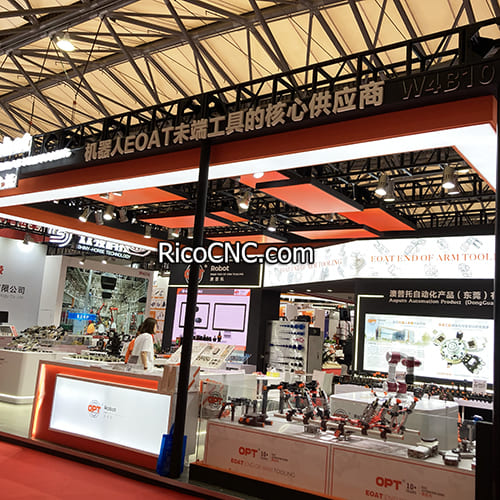
FAQs
1. How do I choose the right incremental encoder for my application?
Consider factors like resolution requirements, environmental conditions, speed of operation, and interface compatibility with your control system. Consult with encoder manufacturers or specialists for guidance tailored to your specific needs.
2. Can incremental encoders work in harsh environments?
Many incremental encoders are designed for industrial use and can withstand harsh conditions. Look for encoders with appropriate IP ratings for dust and moisture protection, and consider models designed for extreme temperatures or high vibration environments if necessary.
3. What's the difference between single-ended and differential output in incremental encoders?
Single-ended outputs use a single signal line per channel, while differential outputs use two complementary signals per channel. Differential outputs offer better noise immunity and are preferred for longer cable runs or noisy environments.
4. How often should incremental encoders be calibrated?
Calibration frequency depends on the application and environment. In critical applications, annual calibration is common. However, some encoders may require more frequent checks, especially in harsh conditions or high-precision applications.
5. Can I replace an incremental encoder with an absolute encoder?
While it's possible in some cases, it often requires changes to the control system and potentially mechanical modifications. The decision should be based on a thorough evaluation of the system requirements and the benefits each type of encoder provides.
6. What causes encoder drift, and how can it be prevented?
Encoder drift can be caused by mechanical wear, thermal expansion, or electrical issues. Regular maintenance, proper installation, and using high-quality encoders suited for your application can help prevent drift. In some cases, periodic recalibration may be necessary.







